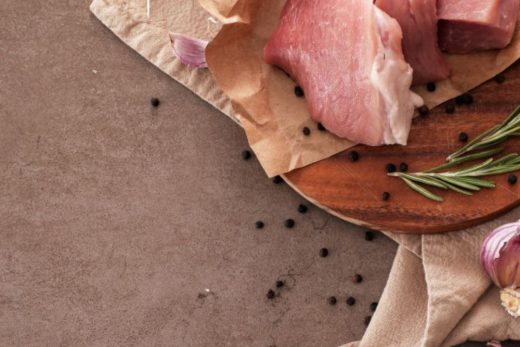At its most basic, what we call gumbo today is a savory stew made with a variety of meats or shellfish combined with an array of vegetables and herbs. From there, all bets are off. Gumbo can be as thin as soup or as thick as gravy. The proteins might be chicken and crab or sausage and shrimp. The stew might be thickened with okra, with filé (powdered sassafras leaves), with a dark roux (a blend of oil and flour cooked slowly until well browned), or any combination of the three.
Despite all this diversity, gumbo’s development follows a logical progression, provided you can cut through a lot of bad assumptions and outright nonsense to get to it.
Let’s start with the biggest red herring of all, the oft-repeated idea that gumbo is a variation of bouillabaisse, the classic fish stew from Provence. This notion is repeated everywhere from slapdash food blogs to peer-reviewed academic books. It’s also completely wrong.





